I admire opinions presented in robust language.
I believe sharp words cut across boredom thresholds, so let’s talk about active travel routes in robust terms.
I’m no climate change denier. I fear there will be a hard price if the human race doesn’t change.
But the debate isn’t black and white.
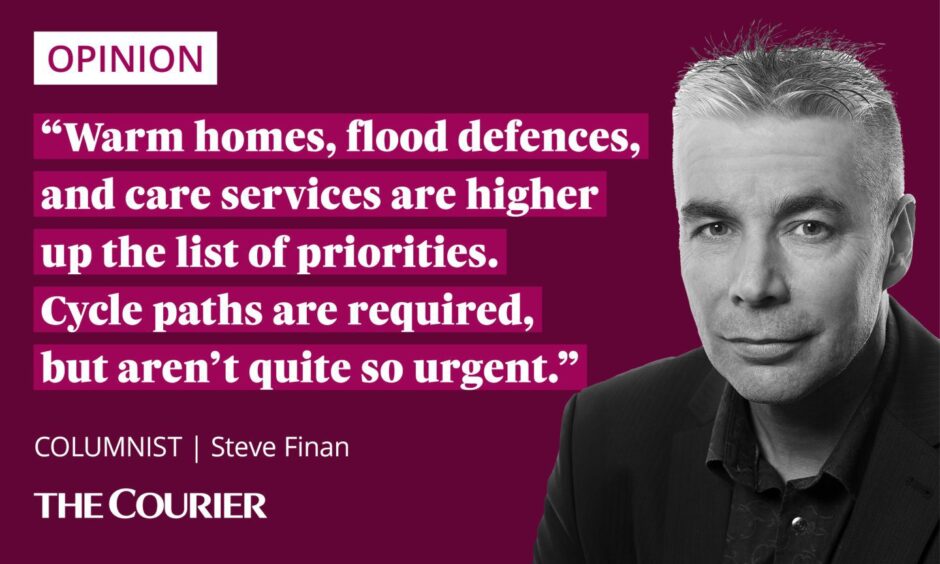
In Scotland last winter there were 4,137 excess deaths. People live in badly insulated, damp, inadequately heated homes.
Weighing actual deaths in the next few weeks against possible future deaths is difficult.
Is it acceptable to say the grim reaper can come for you, old man living alone.
You, woman with the hacking cough.
You, unfortunate victim of a flood – because the authorities must spend on the future?
I can’t bring myself to support that.
And is there a more environmentally friendly argument than proper insulation that will last for scores, probably hundreds, of years?
I question the humanity of anyone who would argue that cycle paths are more important than trying to prevent 4,137 deaths.
Indeed, any who deny more needs spent on insulation would have to identify individuals – my father, your granny – to tell: “Your life can be sacrificed for my cycle path”.
The point I’m trying to make, in the most robust way I can find, is that there are more pressing priorities than active travel.
Yep, let’s have cycle routes. More cycling, healthier population, great stuff. But, and this is the nub, the paths don’t have to be built so fast.
Dundee and Angus councils should reduce their active travel budgets by 90% per year.
Around 4% of people cycle to work. Let’s imagine a completed active travel network will quadruple that. 16% will commute by bike – 84% won’t.
For balance, the latest figures I can see show 10 cyclists were killed in accidents in Scotland in 2021. That’s unacceptable. That’s why I agree cycle paths are needed.
But 10 in a year, compared to 4,137 in one winter – both numbers desperately need to be reduced, but one is bigger than the other.
Old people dying aren’t as visible as road carnage. But every human life is of equal value and the way people die, and the age they die at, doesn’t lessen that value.
I will not concede this is a straw man argument, or that I conflate independent events.
Because we must choose where to spend a finite pot of money.
So let’s be clear – I’m not saying “no active travel routes”, I scorn that simplistic criticism.
My argument is that things like warm homes, flood defences, and care services are higher up the list of priorities. Cycle paths are required, but aren’t quite so urgent.
I won’t allow the pro-active travel lobby to wriggle out of acknowledging the spectre of deaths this winter. It is a cold truth that’s always glossed over.
If you think this disproportionate spending should remain, then address the big picture: who will you kill today to save the future?
But if all you can contribute is deflection, don’t bother answering at all.
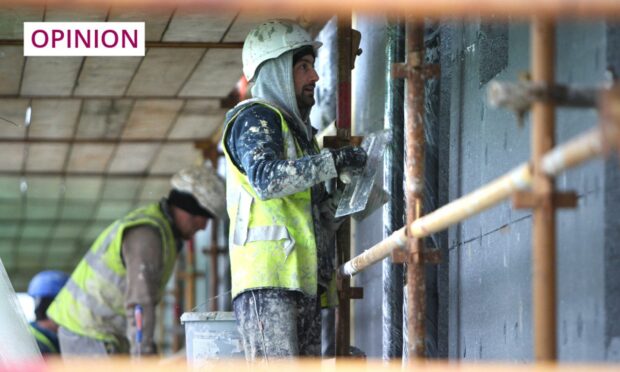
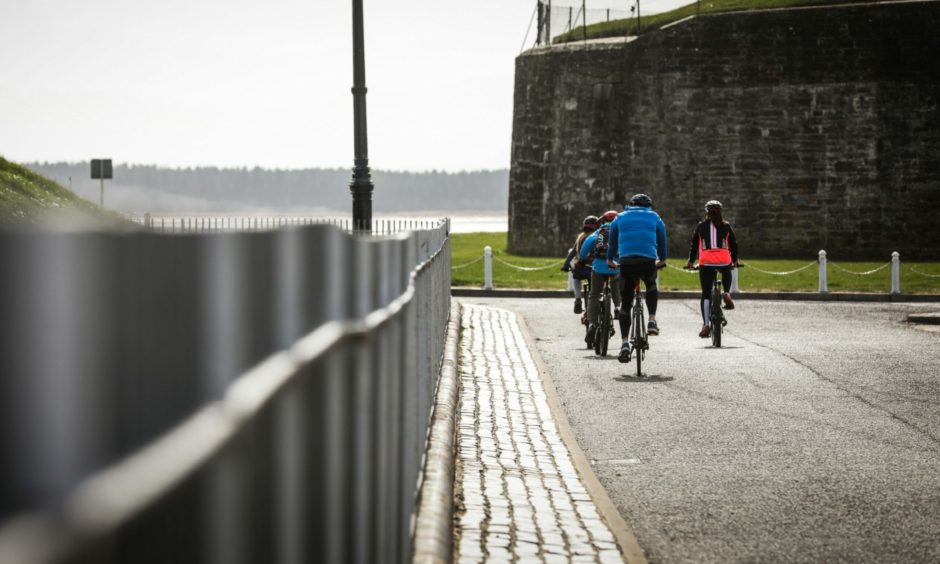
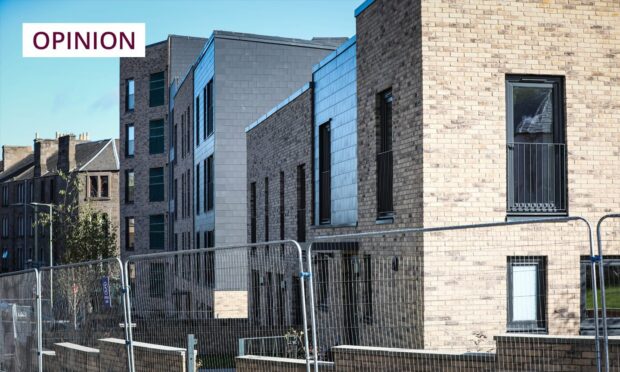
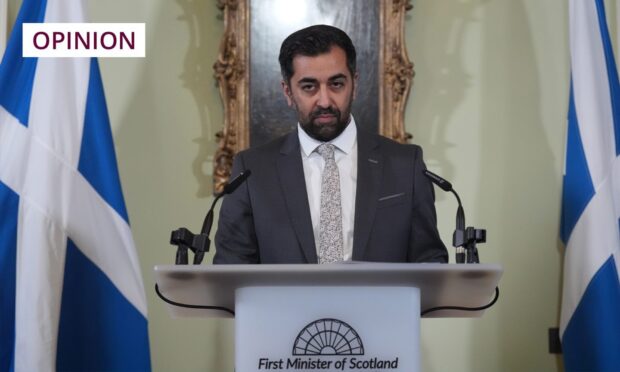




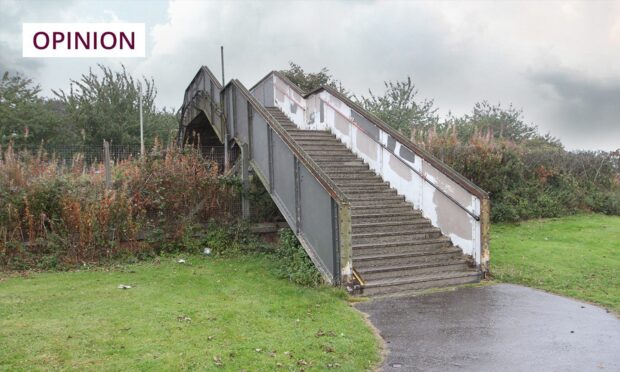
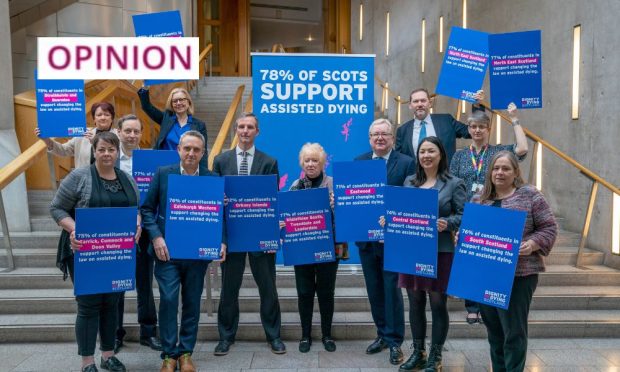
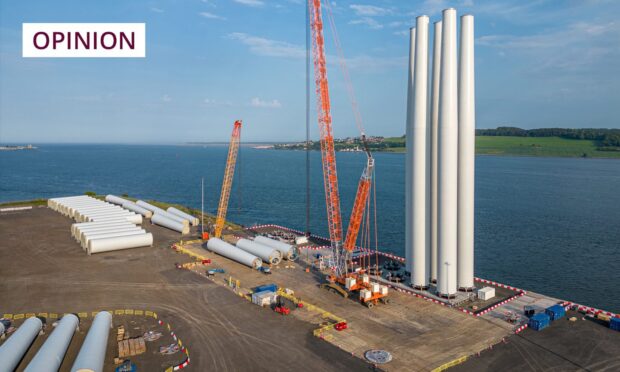
Conversation